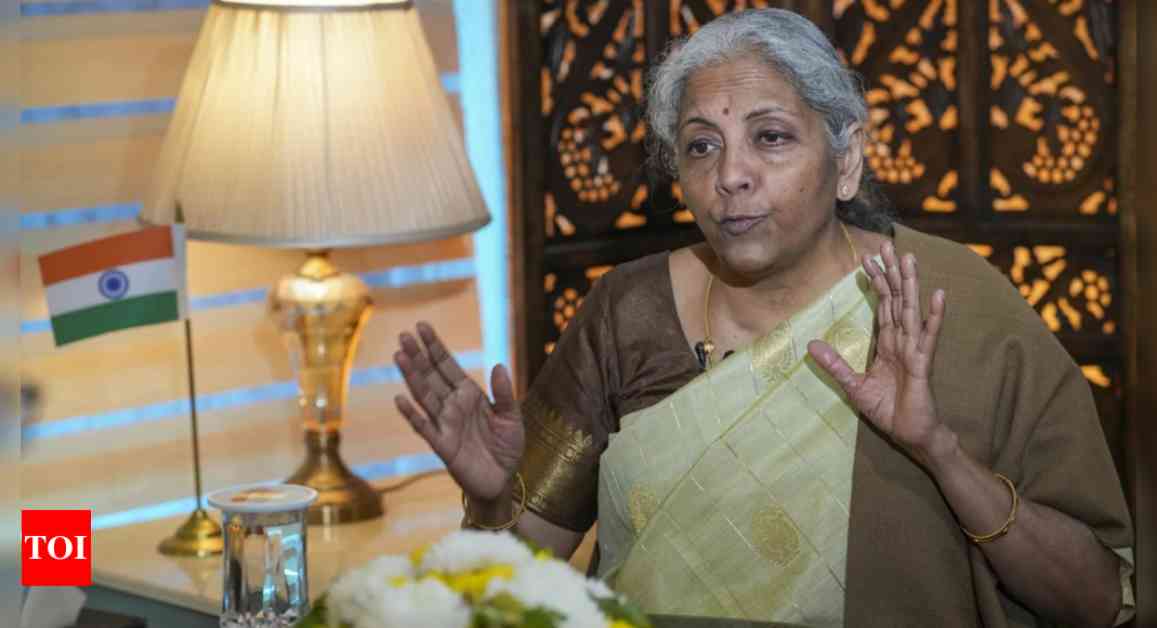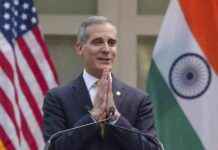Finance Minister Nirmala Sitharaman recently unveiled Budget 2025 with a people-centric approach, emphasizing tax relief for the middle class. In an interview with PTI, Sitharaman likened the budget to Abraham Lincoln’s famous words, stating it was “by the people, for the people, of the people.” She highlighted Prime Minister Narendra Modi’s support for tax cuts but noted bureaucratic delays in implementation, underscoring the government’s focus on addressing the concerns of the middle class.
Revamped Income Tax Slabs: A Boon for Middle-Class Taxpayers
One of the key highlights of Budget 2025 is the revision of income tax slabs, providing significant relief to individuals earning up to Rs 12 lakh annually (Rs 12.75 lakh for salaried individuals, factoring in a standard deduction of Rs 75,000). Under the new system, individuals falling within this income bracket will pay zero income tax. This marks a substantial increase from the previous threshold of Rs 7 lakh, effectively exempting nearly 1 crore taxpayers from paying taxes ranging from Rs 20,000 to Rs 80,000. While this move is expected to result in a revenue loss of Rs 1 lakh crore for the exchequer, it signifies a significant step towards easing the tax burden on the middle class.
Moreover, the budget introduces changes in the taxation of capital gains, which will continue to be subject to separate short- and long-term rates. By addressing these tax slabs and thresholds, the government aims to align tax policies with the evolving needs and aspirations of taxpayers, reflecting a proactive approach to economic governance.
Enhanced Provisions for Overseas Remittances and Tax Filings
In addition to the revised tax slabs, Budget 2025 also includes measures to streamline tax compliance and facilitate overseas remittances. The threshold for Tax Collected at Source (TCS) on overseas remittances under the Liberalised Remittance Scheme (LRS) has been raised from Rs 7 lakh to Rs 10 lakh, providing a boost to international travel and expenses. Furthermore, remittances made for educational purposes, funded by loans from specified financial institutions, will now be exempt from TCS. This change eliminates the previous 0.5% TCS on amounts exceeding Rs 7 lakh for educational remittances, offering greater flexibility and financial relief to students and families.
Taxpayers will also benefit from an extended window to rectify errors in their tax filings, with the time limit for filing an updated return increased from 24 months to 48 months. However, any corrections made beyond the initial filing deadline will incur an additional tax and interest, amounting to 70% of the unpaid dues. This provision underscores the importance of accurate and timely tax reporting while allowing taxpayers a more extended period to address any discrepancies or omissions in their filings.
In conclusion, Budget 2025 reflects the government’s commitment to a comprehensive and inclusive economic strategy, focusing on the needs and priorities of the middle class. By incorporating reforms in income tax slabs, capital gains taxation, overseas remittances, and tax filing procedures, the budget seeks to enhance transparency, compliance, and financial well-being for all taxpayers. As the country navigates economic challenges and opportunities, Budget 2025 sets a positive trajectory for equitable growth and prosperity, positioning India as a dynamic and resilient economy in the global landscape.























